Last week, the students of Wake Forest University, in collaboration with Wake Forest Law, had the great privilege of engaging with the art of Lorenzo Steele Jr. — a former New York City Corrections officer, visual artist, and author of “Behind These Prison Walls.” Students embarked on a photographic journey into the nation’s most violent adolescent jail on Rikers Island, hearing him talk first-hand about his experiences of authoring his book and working at Rikers Island as a correction officer.
Steele found his love of photography at the young age of five. As a young boy, he was always fascinated by his mother’s cameras. When he finally got his own, some of his fondest memories were created by taking pictures of his father playing softball.
Steele described his art style as “using art to change habits and behaviors that can lead to incarceration.” The themes of his work tackle gun violence, gang awareness, conflict resolution, mass incarceration, the school-to-prison pipeline, and lastly, how to avoid the prison system.
Before the formal talk began, students walked around looking at the exhibit so that the conversation could be more centered on the art. The photographs were all in black and white, leaving a striking impression on all the viewers who strolled past. The photographs portrayed inmates in solitary confinement cells or reading the Bible in their jail cells. Steele spoke about how prison is often the first time in many of their lives that they’ve had time for self-reflection and to read the Bible for the first time.
Alongside the pictures, there was also a weapons board on display with contraband that was found during jail searches. Inmates used these items for safety and survival inside the harsh environments that they lived in.
Steele frequently employed metaphors and imagery of trapped birds in cages to describe his visual artistry work of the inmates. The only image with color within the whole display depicted the violence that inmates are exposed to. Outside of this piece, the exhibit portrays a dark, solemn feel that reflects an unfortunate reality.
“There is nothing mentally or physically that could ever prepare you for working in an environment
Steele began working at Rikers Island at the young age of 22. He spoke about the constant state of fear he experiences every day, surrounded by hundreds of convicts. He had to find ways to protect himself against the harsh realities of living inside a prison. His ability to stay alert heightened and sometimes, in fear of falling asleep, he would stay awake during his night shifts.. His ability to stay alert heightened and sometimes, in fear of falling asleep, he would stay awake during his night shifts.
“You can never show fear in a job like this because it will always undoubtedly be used against you […],” Steele said. “There is no training manual for when you are in jail, nothing in the world will ever prepare you for it.”
Concluding the talk, an audience member asked Steele how he protected himself in the brutal, unseen realities of prison life. Steele shared with the audience that correction officers don’t carry guns or any sort of weapons in the cell.
“My brain is my only weapon, and I stay alert and aware to protect myself.”



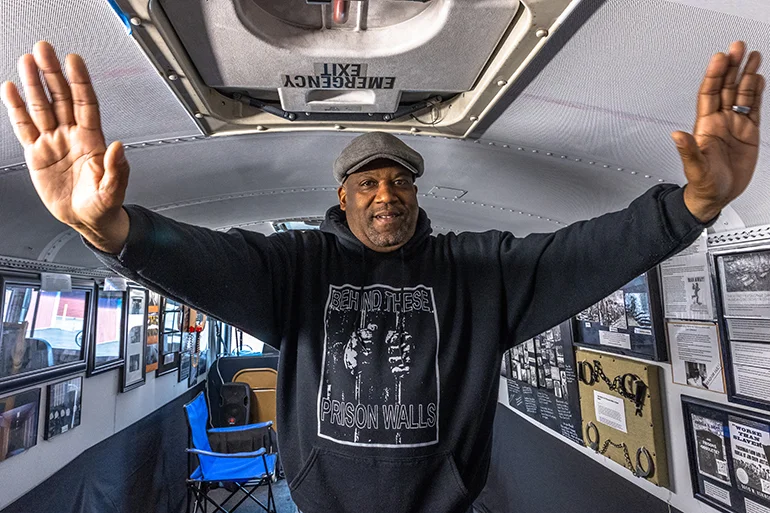








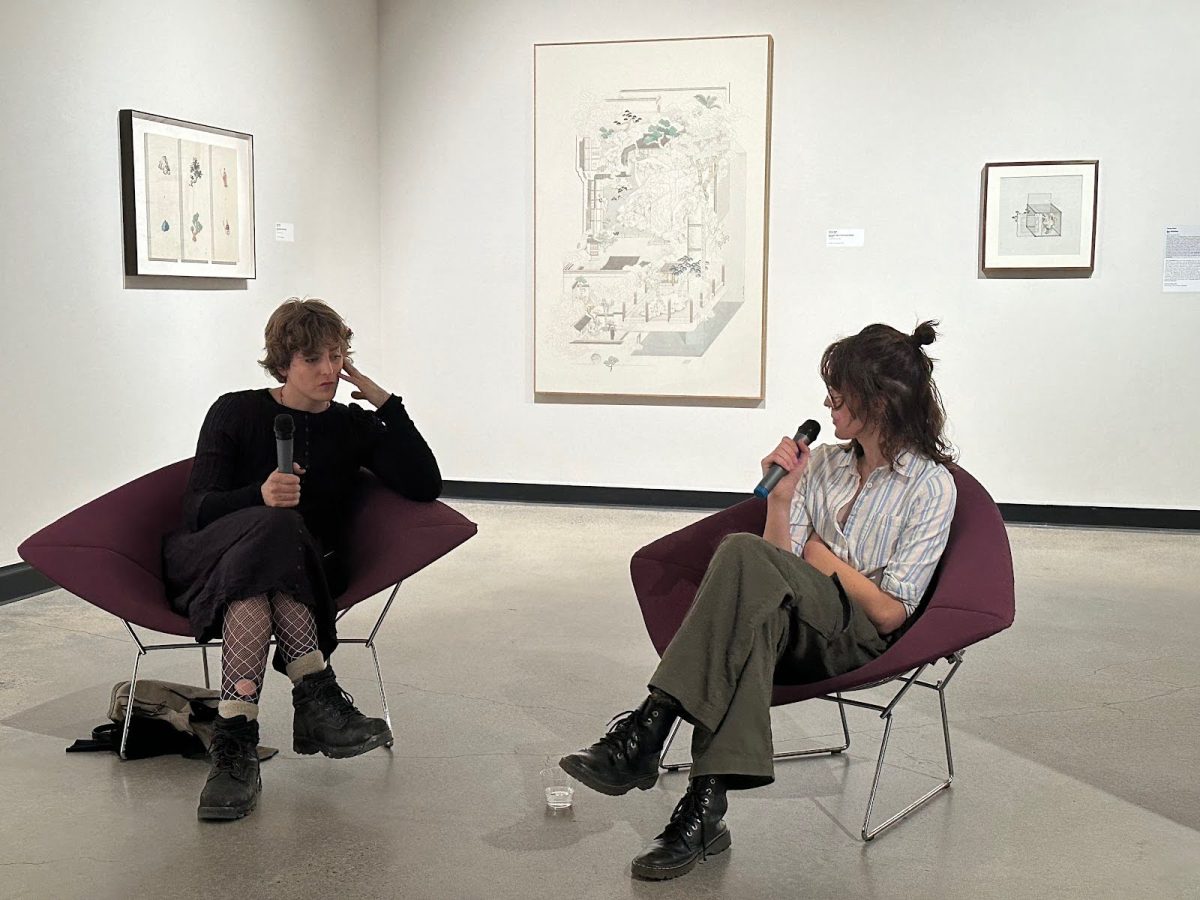
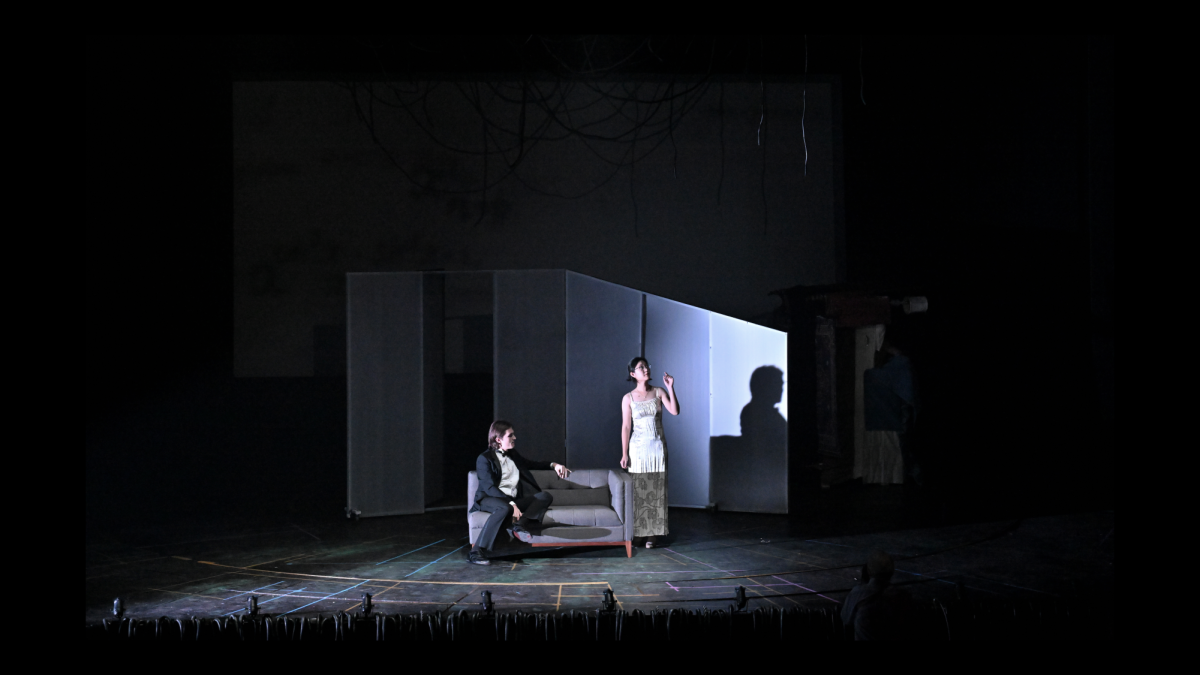
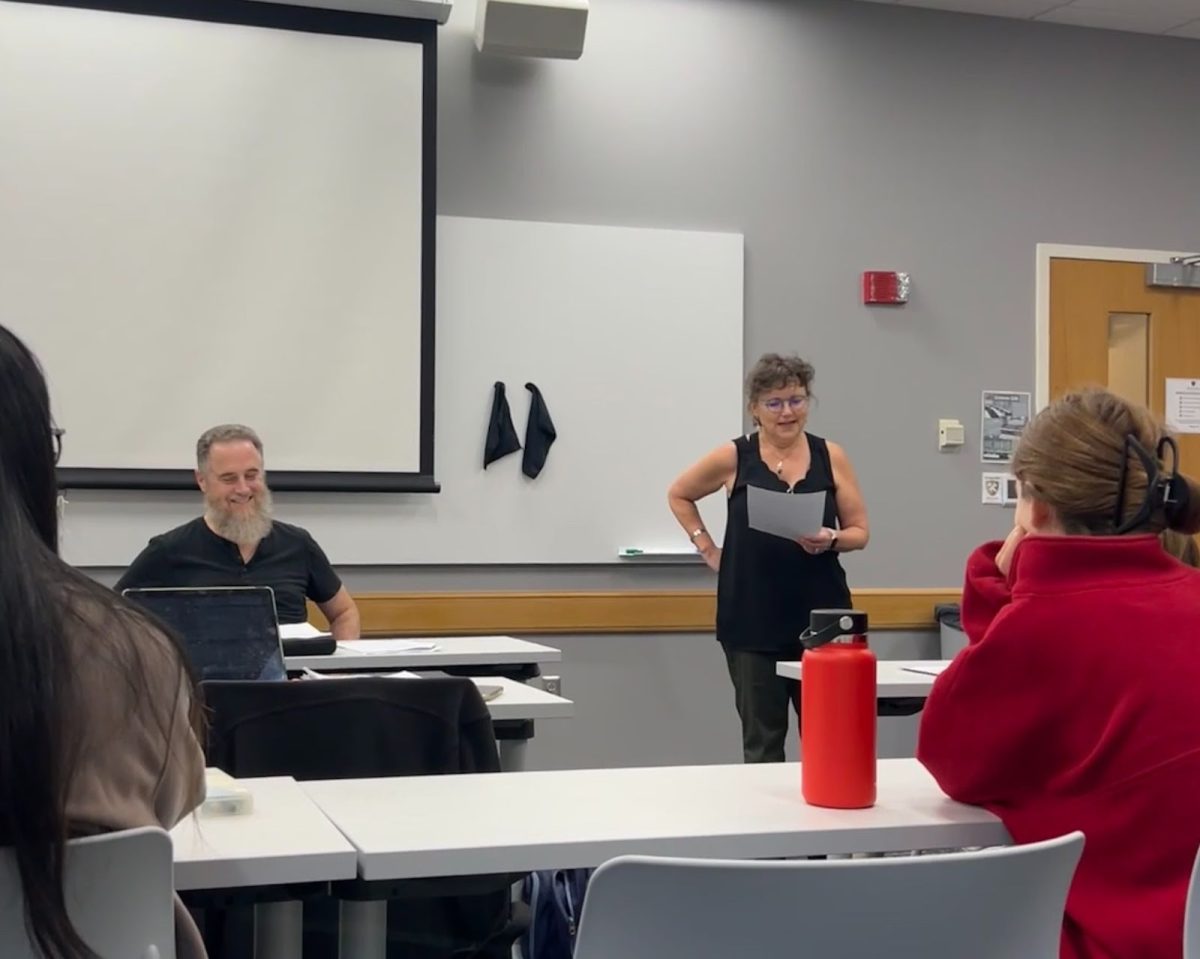
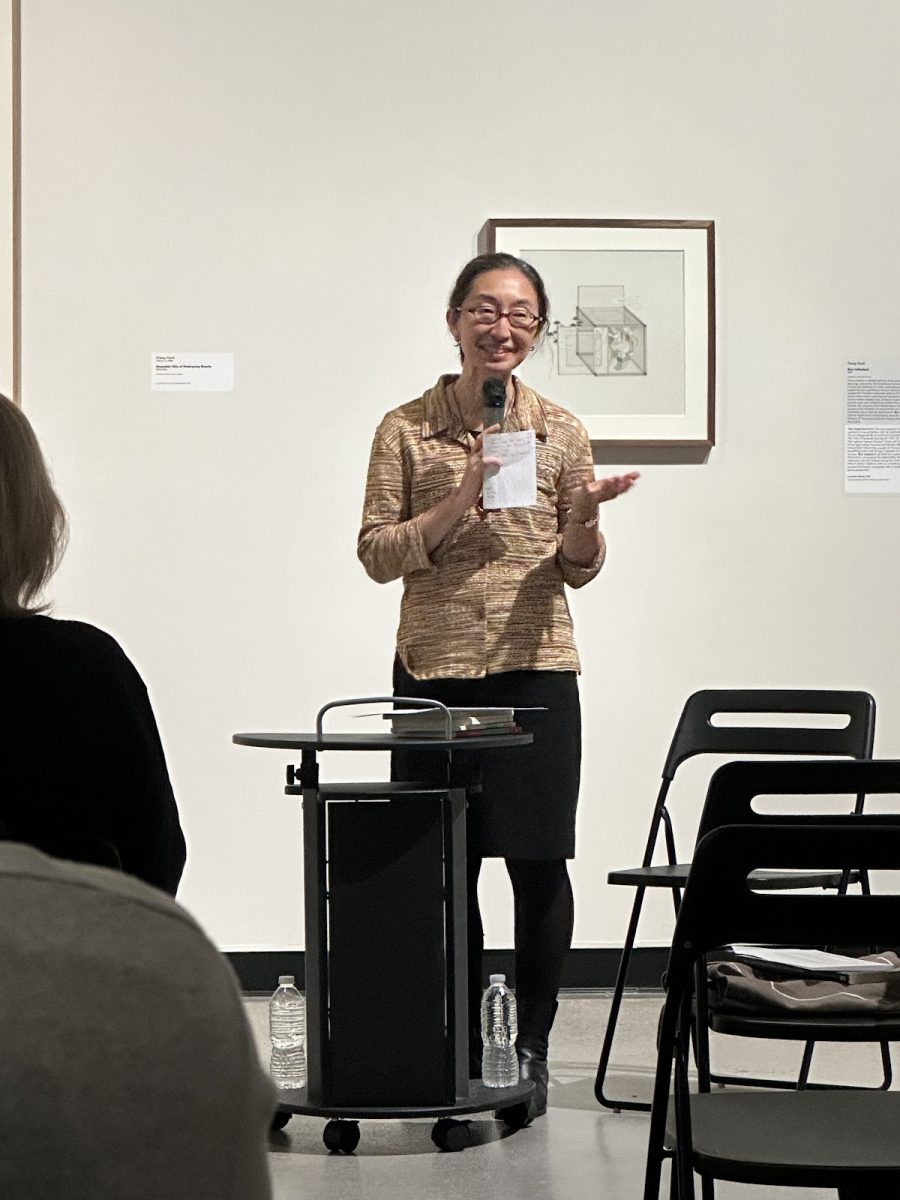
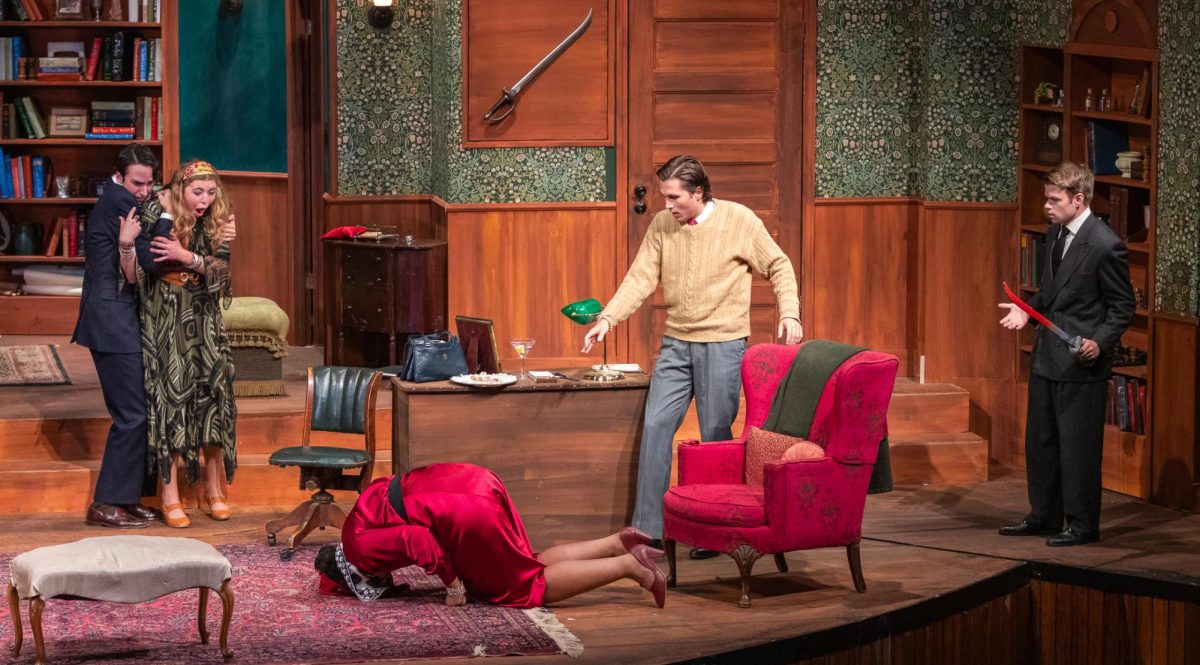
Lee Bostic • Feb 11, 2024 at 6:02 pm
I was a correctional officer 1977-1979 I feel you on everything. I used my experience after leaving and joined the police department where I continued to work with the guys after leaving prison. Now this was an experience very few could handle. I retired from force after 27 yrs. The guys on lockup taught me a lot why they committed crimes.